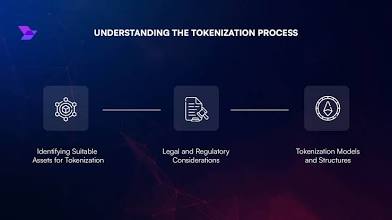IT IS YOUR MONEY
How Digital Assets Are Bridging the Gap Between Finance and RWA
The integration of digital assets into real-world asset (RWA) frameworks is reshaping how we invest, trade, and manage physical value. From tokenized real estate to digitized commodities, this transformation is unlocking unprecedented liquidity and accessibility for global investors.

The Rise of Tokenized Real-World Assets
Tokenization allows traditionally illiquid assets—like property, art, or even infrastructure—to be represented on blockchain networks. By converting RWAs into digital tokens, ownership becomes divisible, transferable, and tradable in near real-time. This innovation is opening up new investment opportunities that were once limited to institutional players.
Use Cases Driving Adoption
One of the most prominent examples is real estate tokenization. Companies like RealT and Propy are enabling fractional ownership of properties through blockchain-based platforms. Investors can buy and sell shares in a building without needing to handle complex legal transfers. Similarly, companies such as Centrifuge and Securitize are working on bringing supply chain financing and private credit into the DeFi ecosystem via tokenized RWAs.
Benefits for Investors and Markets
Digital assets linked to RWAs offer transparency, reduced transaction costs, and increased market participation. Investors benefit from 24/7 access to markets, lower barriers to entry, and automated compliance through smart contracts. For traditional finance, this shift introduces a more efficient way to track, verify, and monetize assets across borders.
Whether you're an investor, business owner, or financial institution, understanding how digital assets interact with real-world assets is crucial to staying ahead in today’s evolving economy.
For deeper insights into how digital assets and RWA strategies can enhance your portfolio or business model, visit DigitalAssets.Foundation and speak with our experts for a FREE consultation.

More News
© 2025
